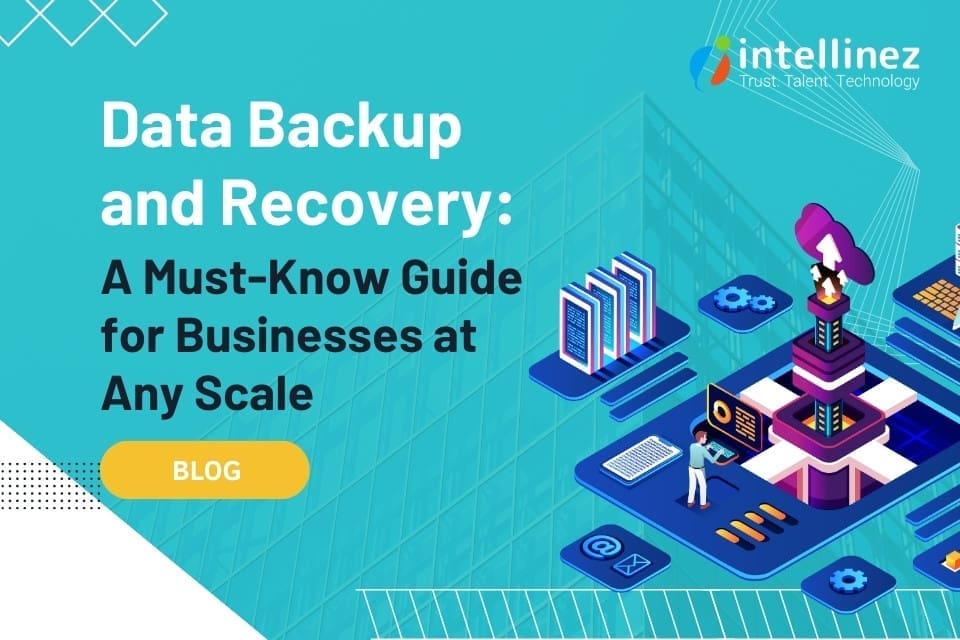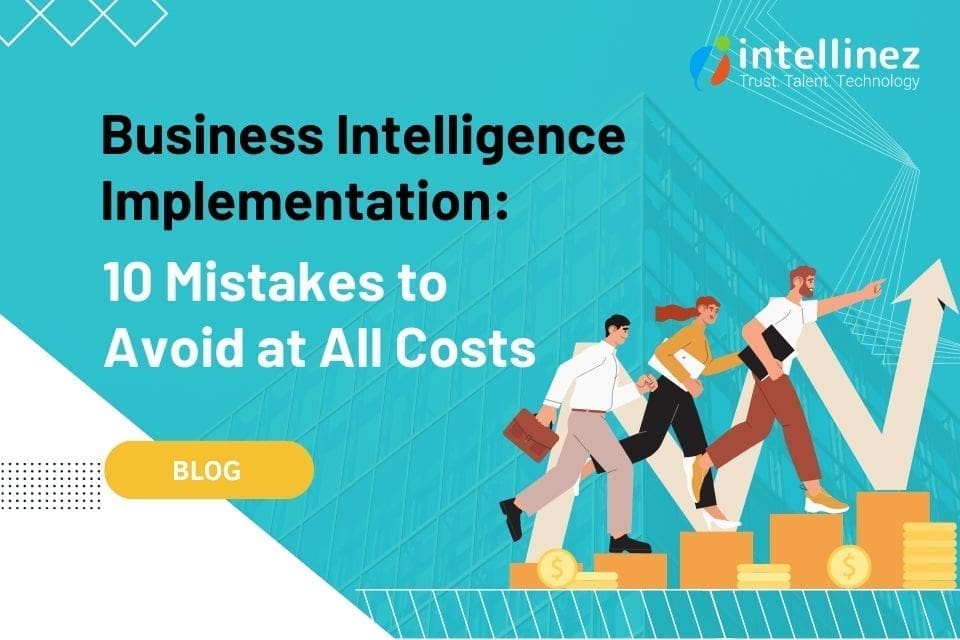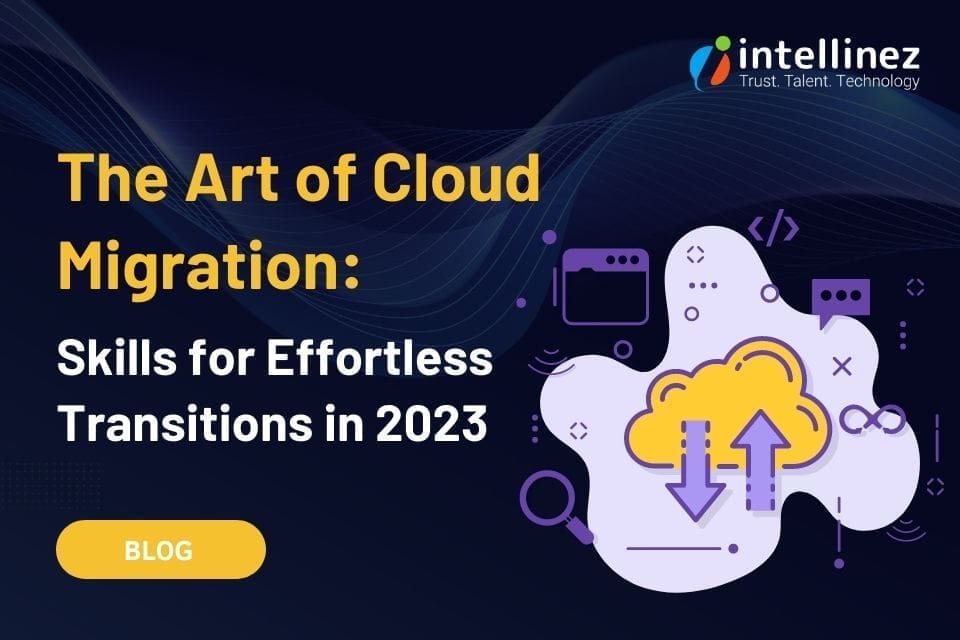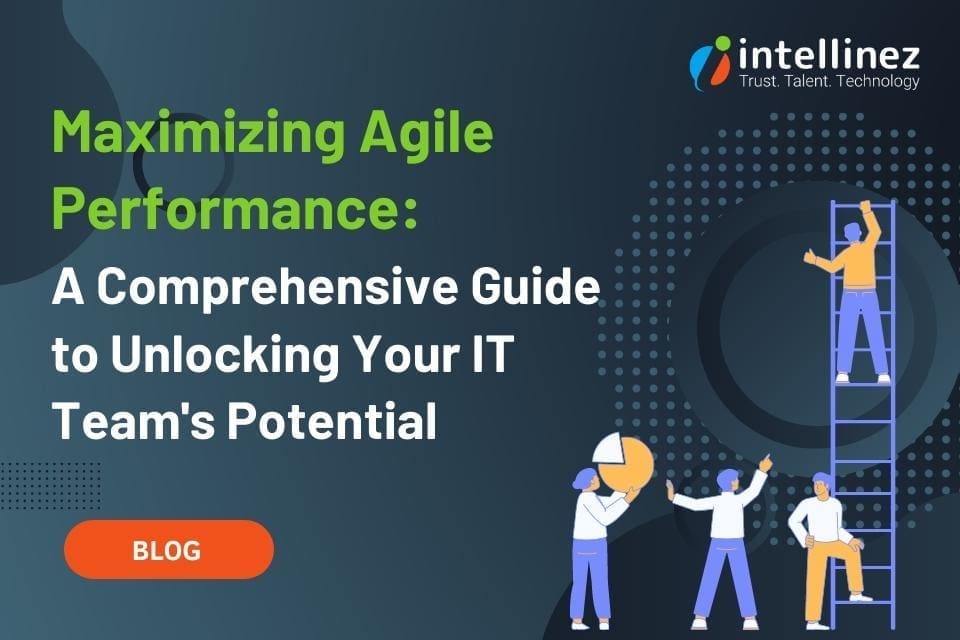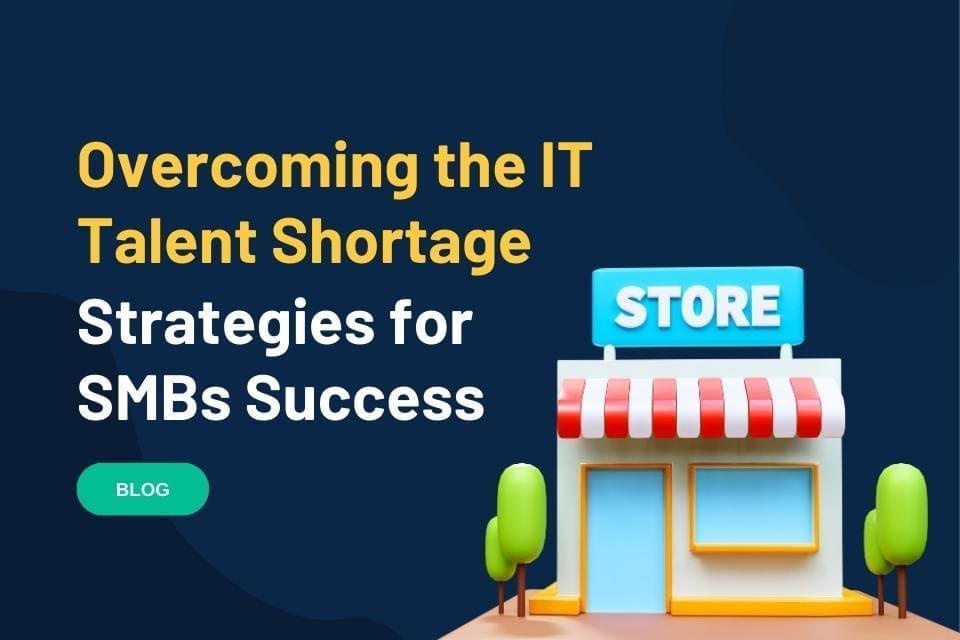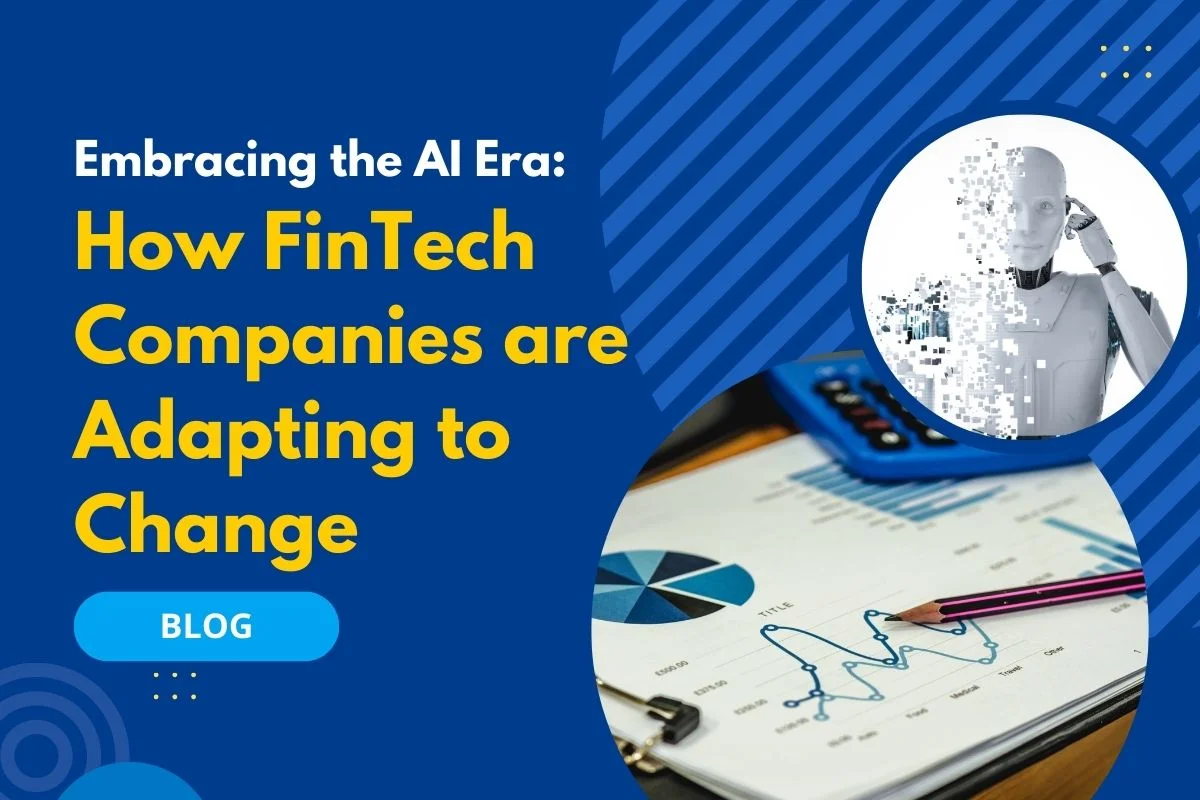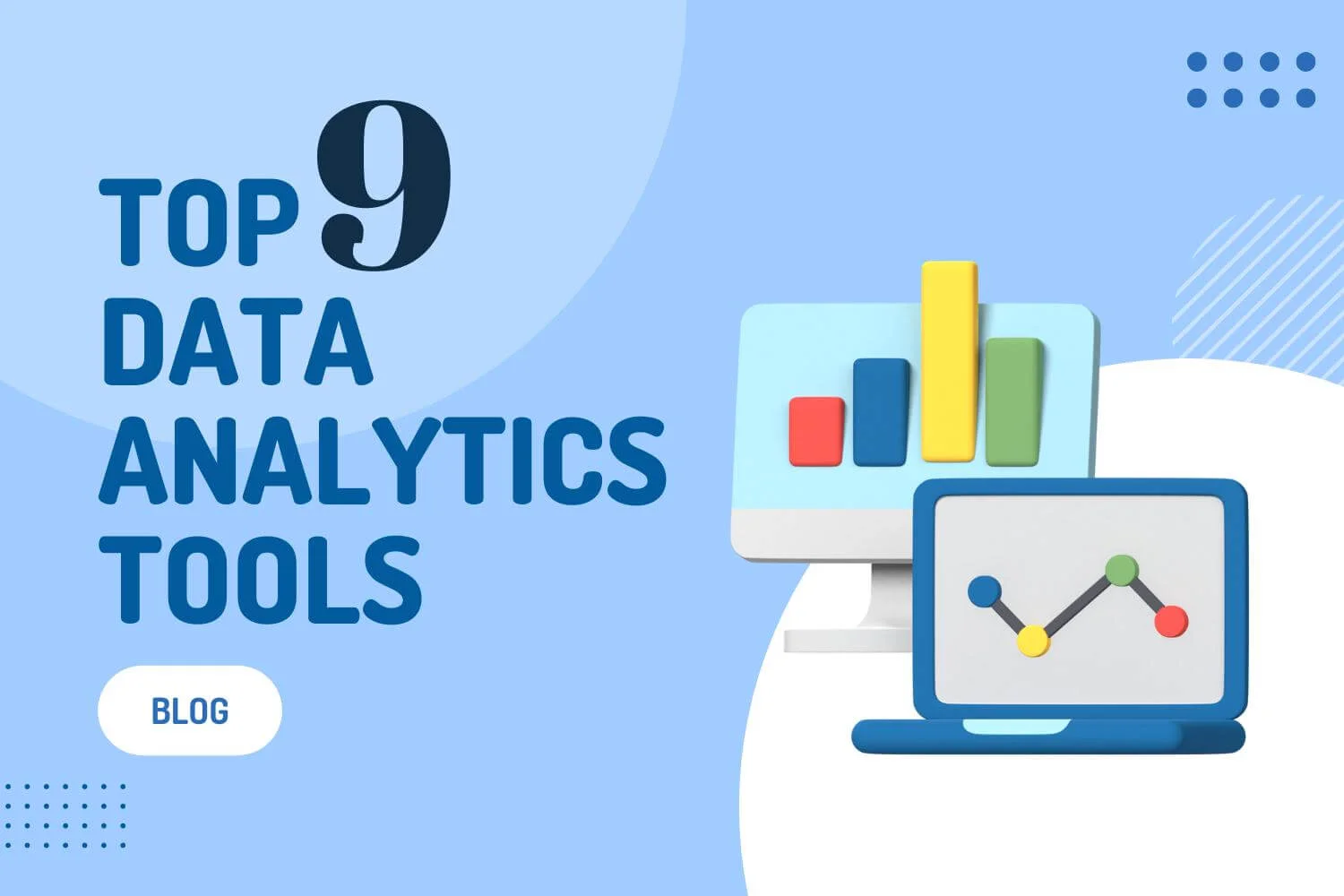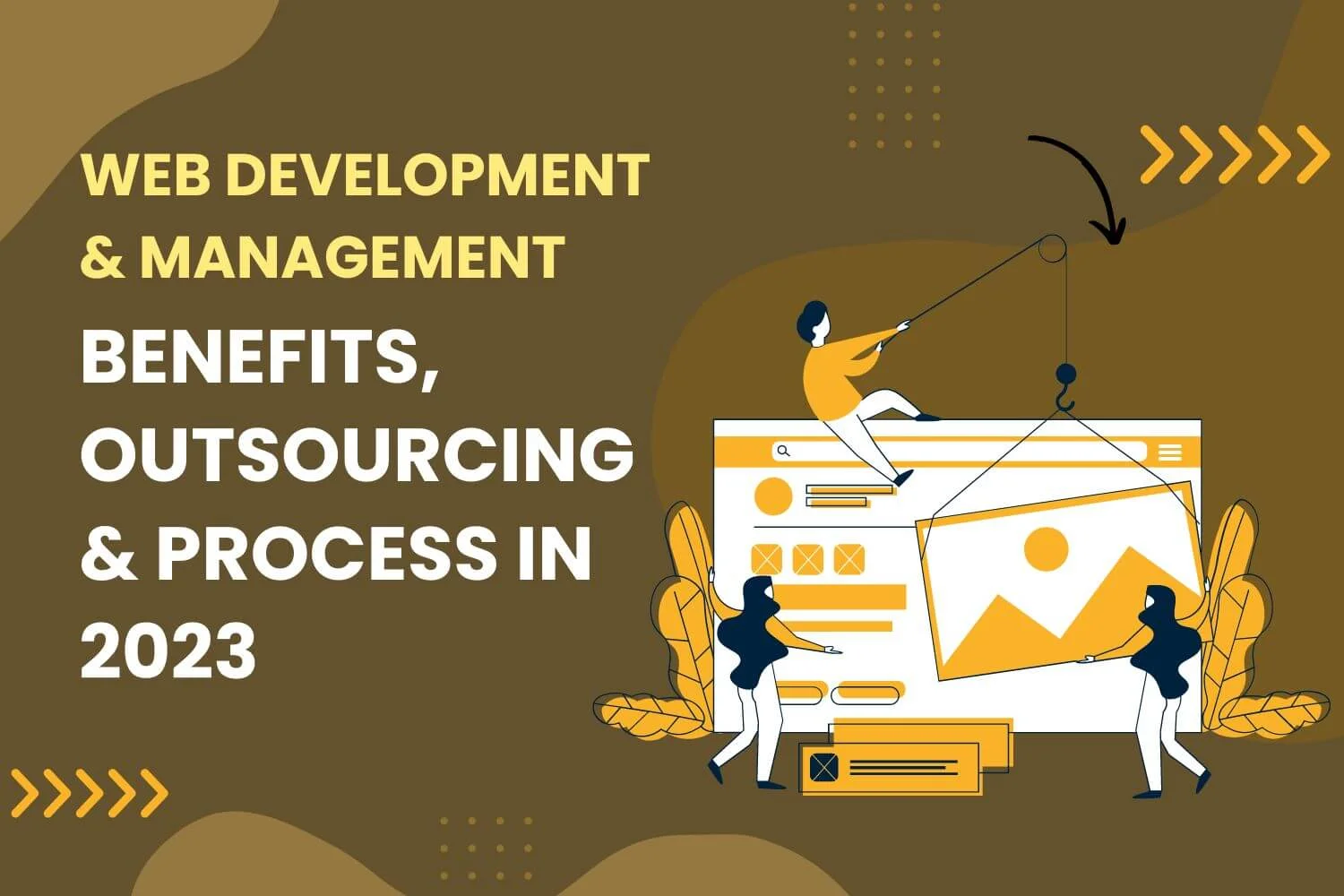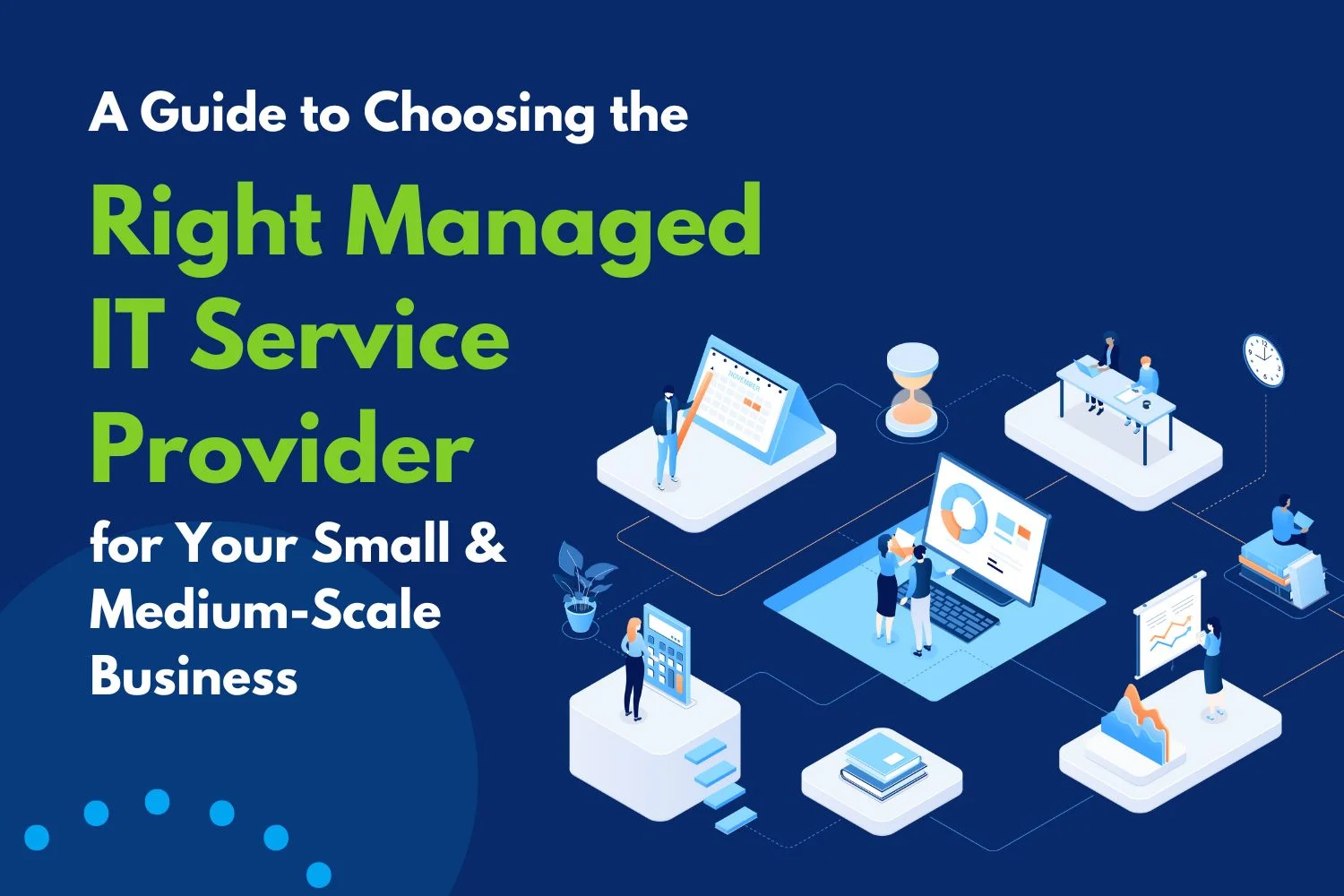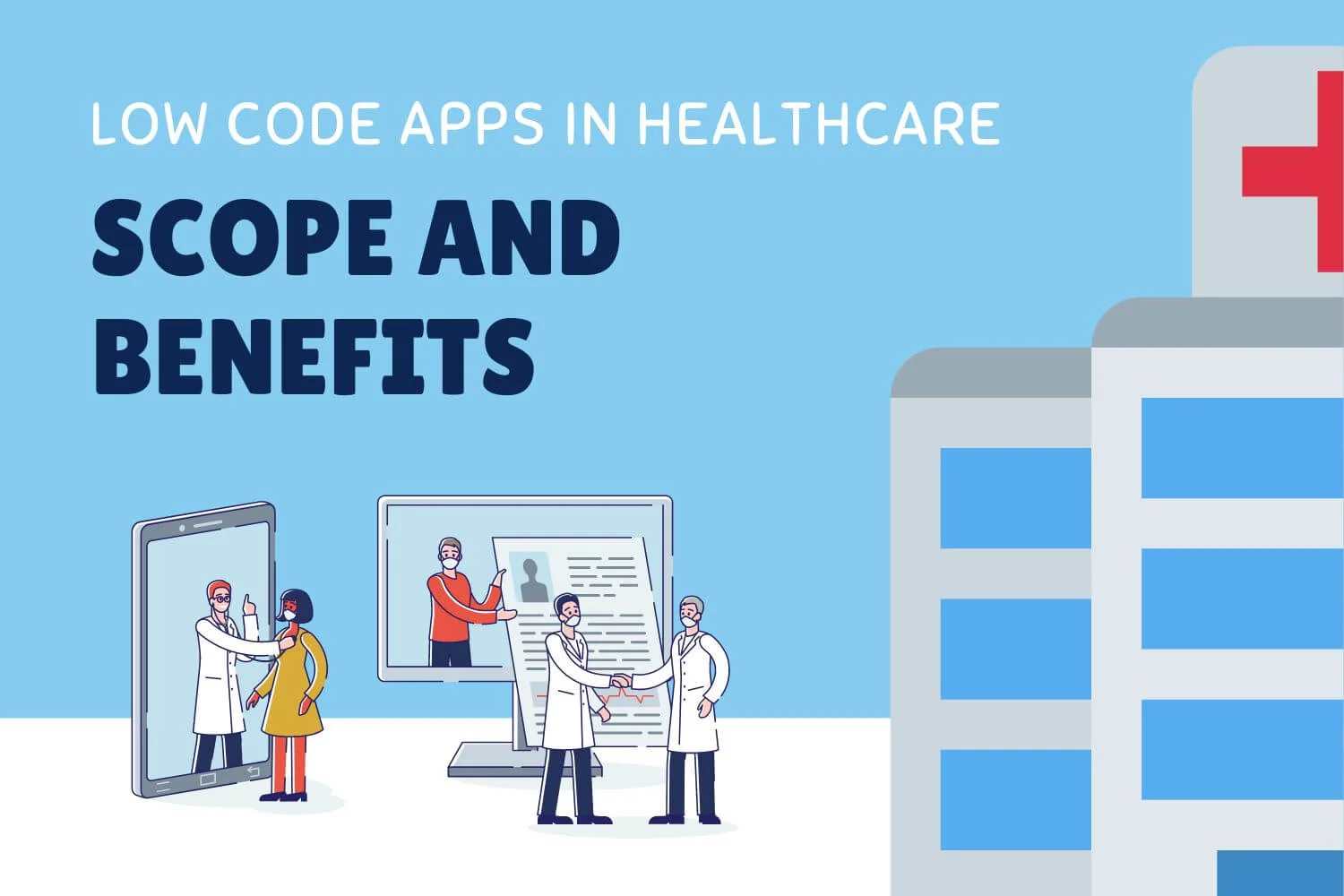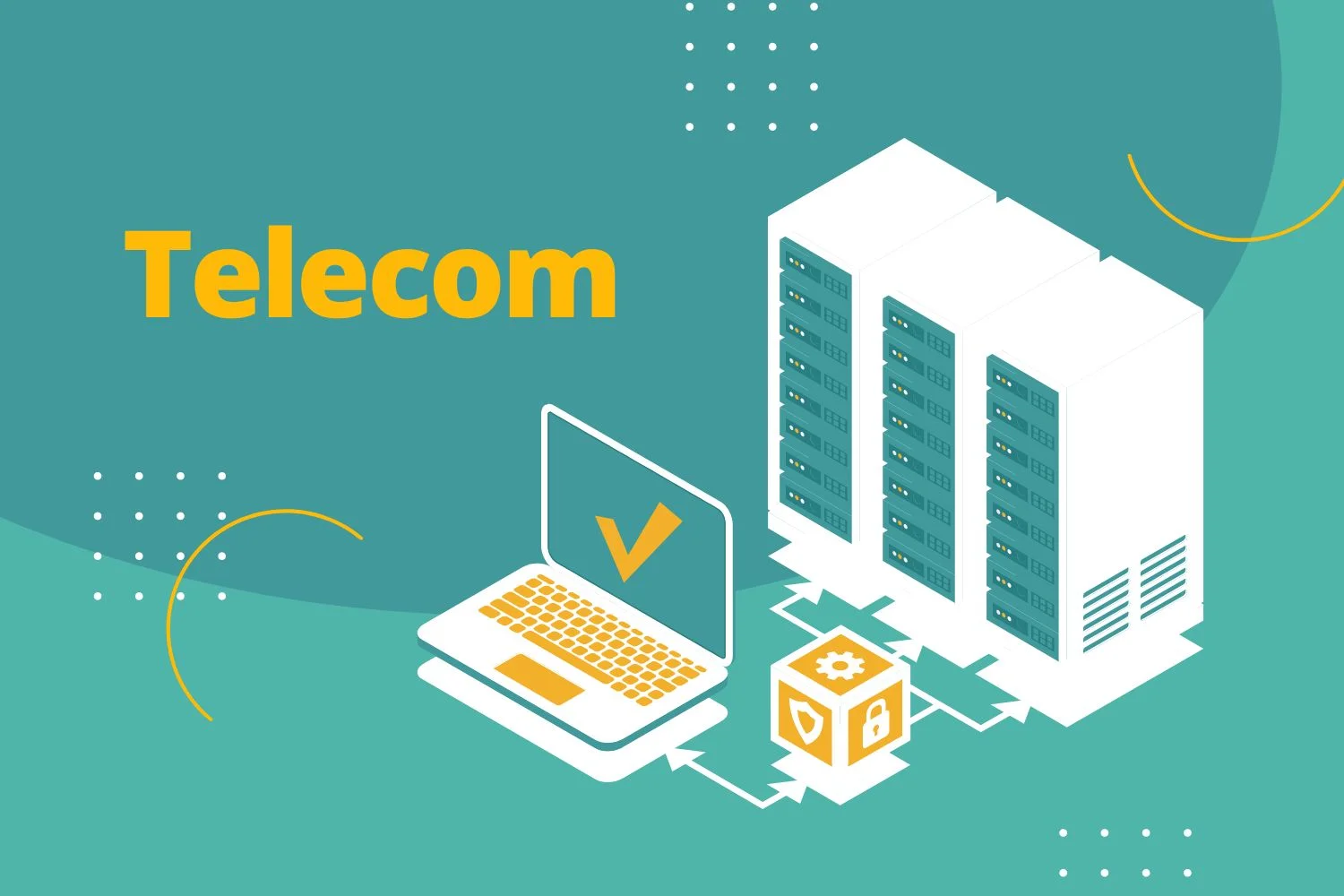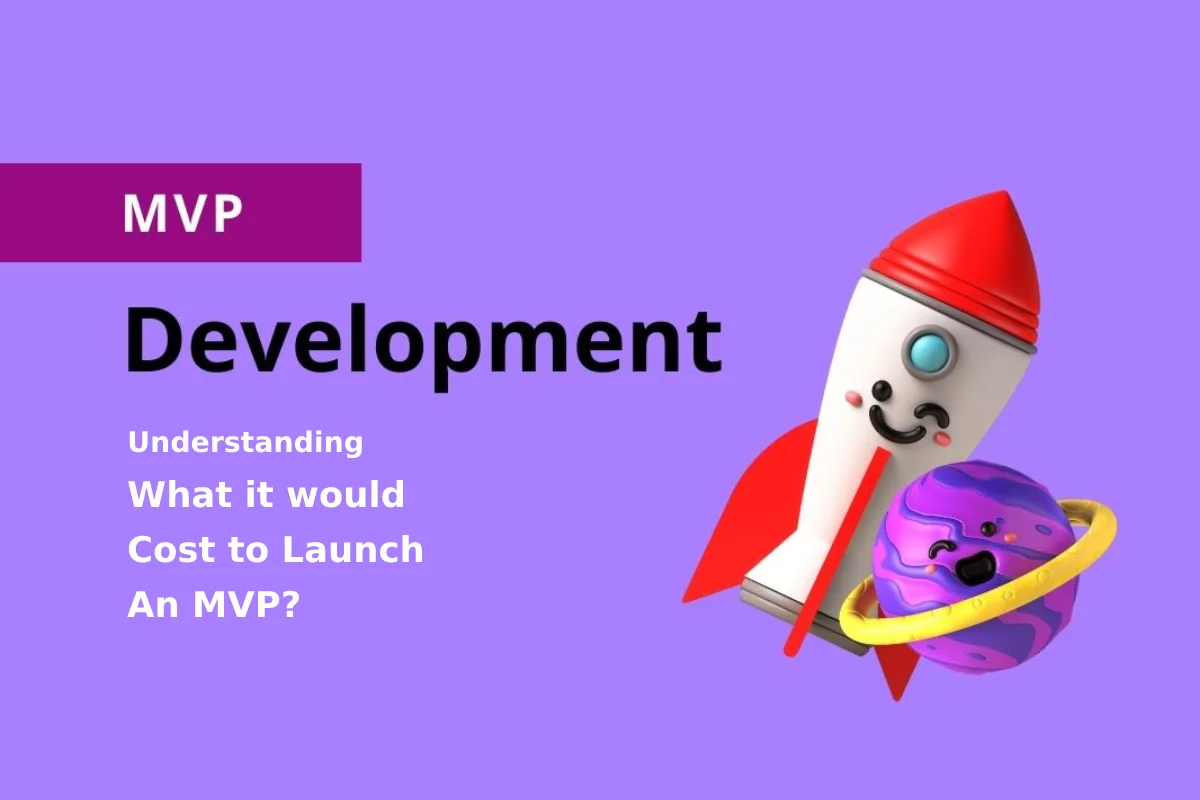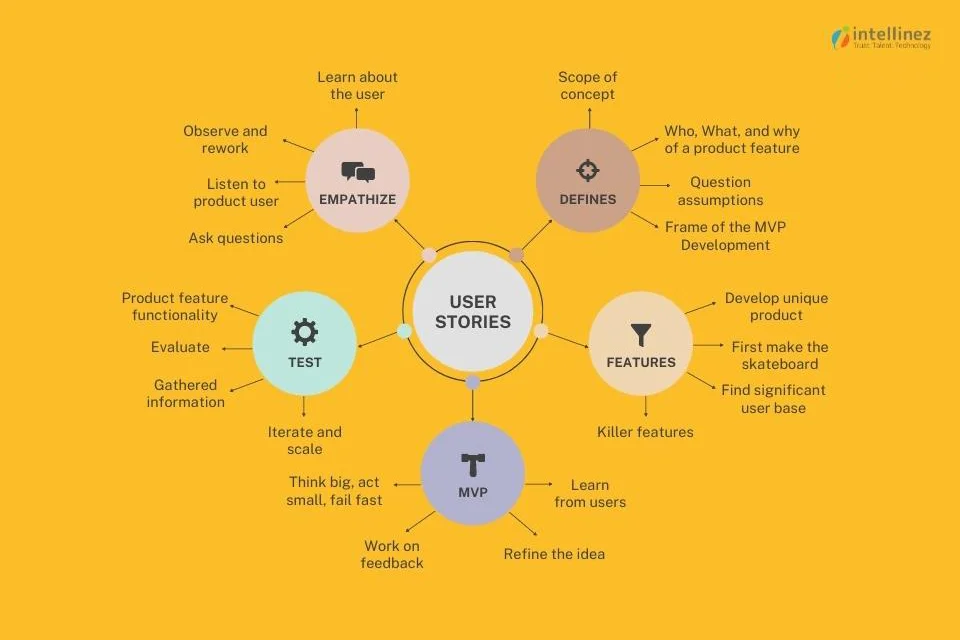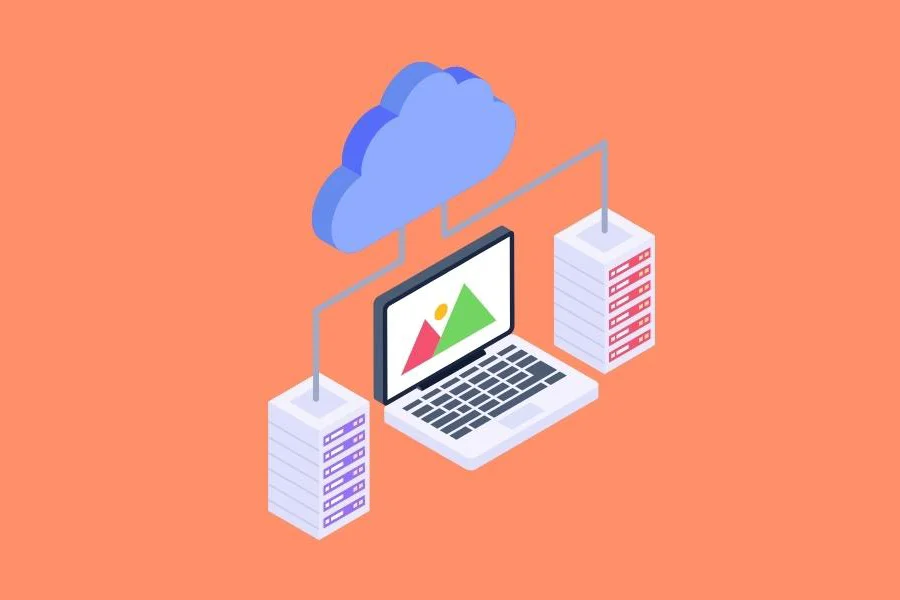- Inventory Management System
- Proactive Monitoring And Maintenance
- Embracing Cloud Computing
- Implementing Robust Security Measures
- Emphasizing Disaster Recovery And Business Continuity
- Automation And Orchestration
- Monitoring And Analyzing Key Performance Indicators
- Adopting DevOps And Agile Practices
- Staying Abreast Of Emerging Technologies And Trends
In today’s fast-paced business environment, the smooth operation of organizations heavily relies on competent infrastructure planning and management. As businesses increasingly depend on technology and undergo digital transformation, it becomes imperative to implement strong strategies for efficiently managing their infrastructure.
This blog by the experts from Intellinez Systems delves into the vital aspects of successful infrastructure planning and management in enterprises, while also shedding light on the latest trends and data within this field.
 1. Inventory Management System
1. Inventory Management System
An essential aspect of effective infrastructure management is a comprehensive inventory management system. Organizations need to have a clear understanding of their hardware, software, and network assets and do proper resource allocation planning. Implementing an automated asset tracking system enables businesses to monitor and manage their assets efficiently, resulting in improved resource allocation, cost savings, and enhanced security.
According to recent studies, poor asset management can lead to significant financial losses for organizations. In fact, a survey conducted by the International Association of IT Asset Managers (IAITAM) revealed that businesses lose billions of dollars each year due to ineffective asset management practices. Therefore, investing in robust asset management tools and processes is crucial for optimizing infrastructure performance.
2. Proactive Monitoring and Maintenance
To ensure the smooth functioning of enterprise infrastructure, proactive monitoring and maintenance are essential. By leveraging advanced monitoring tools and techniques, organizations can identify and address potential issues before they impact operations. Real-time monitoring allows for quick response and remediation, minimizing downtime and optimizing overall system performance.
Incorporating predictive analytics into monitoring processes can further enhance infrastructure management. By analyzing historical data and patterns, predictive analytics helps identify trends and potential future issues. This empowers organizations to take data driven decisions with preventive measures and plan maintenance activities proactively, thereby reducing disruptions and improving infrastructure reliability.
3. Embracing Cloud Computing
Cloud computing has revolutionized the way businesses manage their infrastructure. Cloud-based solutions offer scalability, flexibility, and cost-efficiency, making them an indispensable component of modern enterprise infrastructure management.
The adoption of cloud services continues to rise steadily. According to a recent report by Gartner, the worldwide public cloud services market is projected to grow by 18.4% in 2023, reaching a total value of $304.9 billion. Embracing cloud computing allows organizations to offload infrastructure management tasks to cloud service providers, enabling them to focus on core business objectives and innovation.
4. Implementing Robust Security Measures
In an era of increasing cybersecurity threats, implementing robust security measures is crucial for effective infrastructure management. Cyberattacks can result in data breaches, financial losses, and damage to a company’s reputation. Therefore, organizations must prioritize incident response and robust security at every level of their infrastructure.
The deployment of multi-layered security solutions, including WAF, intrusion detection systems, and data encryption, is essential. Regular vulnerability assessments and penetration testing can help identify and address potential weaknesses. Additionally, employee training and awareness programs play a vital role in preventing social engineering attacks and ensuring a security-conscious culture within the organization.
5. Emphasizing Disaster Recovery and Business Continuity
Disruptions to infrastructure can occur due to various reasons, including natural disasters, hardware failures, or cyber incidents. To minimize the impact of such events, organizations must have robust disaster recovery and business continuity plans in place.
A recent survey conducted by the Disaster Recovery Preparedness Council found that only 40% of organizations had a documented disaster recovery plan. This highlights the need for businesses to prioritize this aspect of infrastructure management. A comprehensive disaster recovery plan includes regular data backups, redundant systems, and predefined processes for recovery and restoration.
6. Automation and Orchestration
Automation and orchestration tools can greatly enhance infrastructure management by reducing manual effort, improving efficiency, and minimizing errors. By automating routine tasks and workflows, organizations can streamline their operations, optimize resource utilization, and ensure consistent and reliable execution of processes.
Orchestration tools enable organizations to coordinate and manage complex workflows across multiple systems and platforms. This helps ensure seamless integration and interoperability, facilitating efficient communication and collaboration between different components of the infrastructure.
7. Monitoring and Analyzing Key Performance Indicators
Monitoring and analyzing key performance indicators (KPIs) are crucial for evaluating the effectiveness of infrastructure management strategies. By tracking and measuring relevant metrics, organizations can gain insights into the performance, availability, and utilization of their infrastructure.
KPIs can vary depending on the specific goals and requirements of each organization. Common infrastructure-related KPIs include uptime percentage, response time, network bandwidth utilization, and resource utilization. By setting clear targets and regularly monitoring these KPIs, organizations can identify areas for improvement, make informed decisions, and continuously optimize their infrastructure management practices.
8. Adopting DevOps and Agile Practices
The adoption of DevOps and Agile practices can significantly improve infrastructure management by fostering collaboration, accelerating delivery cycles, and ensuring alignment with business objectives. DevOps emphasizes the integration and collaboration between development and operations teams, enabling organizations to deliver software and infrastructure changes more rapidly and reliably.
Agile methodologies, such as Scrum and Kanban, promote iterative and incremental development, allowing organizations to adapt to changing requirements and deliver value in shorter cycles. By embracing these practices, organizations can enhance their agility, responsiveness, and overall efficiency in managing their infrastructure.
9. Staying Abreast of Emerging Technologies and Trends
To stay ahead in the dynamic field of infrastructure management, organizations must stay abreast of emerging technologies and industry trends. Technologies such as artificial intelligence, machine learning, and the Internet of Things (IoT) continue to evolve and have the potential to transform infrastructure management practices.
Artificial intelligence and machine learning can automate and optimize various aspects of infrastructure management, including predictive analytics, anomaly detection, and intelligent automation. The IoT enables organizations to gather real-time data from various devices and sensors, allowing for proactive monitoring and efficient resource management.
By actively monitoring and adopting emerging technologies that align with their business objectives, organizations can gain a competitive advantage, enhance their infrastructure management capabilities, and future-proof their operations.
Conclusion
Effective enterprise infrastructure planning and management is crucial for organizations to thrive in the digital age. By implementing comprehensive asset management, proactive monitoring and maintenance practices, leveraging cloud computing, prioritizing security measures, emphasizing disaster recovery and business continuity, adopting automation and orchestration, monitoring and analyzing key performance indicators, embracing DevOps and Agile practices, and staying abreast of emerging technologies and trends, businesses can optimize their infrastructure’s performance and ensure uninterrupted operations.
As organizations continue to rely on technology and digital systems, the importance of robust infrastructure management will only increase. By embracing these essential strategies and continuously evolving their practices, organizations can position themselves for success in today’s dynamic business environment.
Reach Out to Intellinez Systems for Effective Enterprise Infrastructure Planning and Management
For effective enterprise infrastructure planning and management, Intellinez Systems is your trusted partner. With our expertise and experience, we offer comprehensive solutions tailored to your organization’s unique needs. From strategic planning to asset management and resource allocation, our team ensures seamless operations and optimal performance. Reach out to Team Intellinez today to elevate your infrastructure management to new heights.
Soumya Mishra
Technology Leader proficient in engineering and execution of enterprise-level IT projects and providing support services on the same. Possesses the ability to set functional and technical strategies, converting them to an achievable plan of action, and driving them to realize and achieve customer success. Passionate leader believing in leading by example, possessing strong problem-solving skills and a can-do attitude. Adept at handling cross-functional teams across the globe and motivating them to achieve outstanding and sustainable results to meet organizational goals and objectives! Guiding Quote – “Every job is a self-portrait of the person who did it, Autograph your work with excellence”

 1. Inventory Management System
1. Inventory Management System





























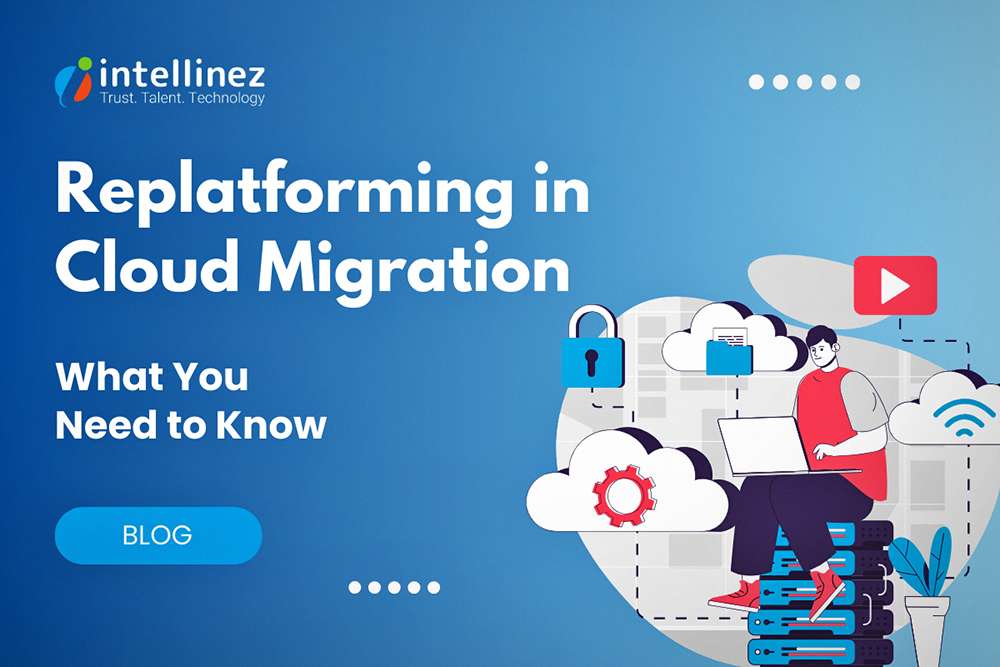





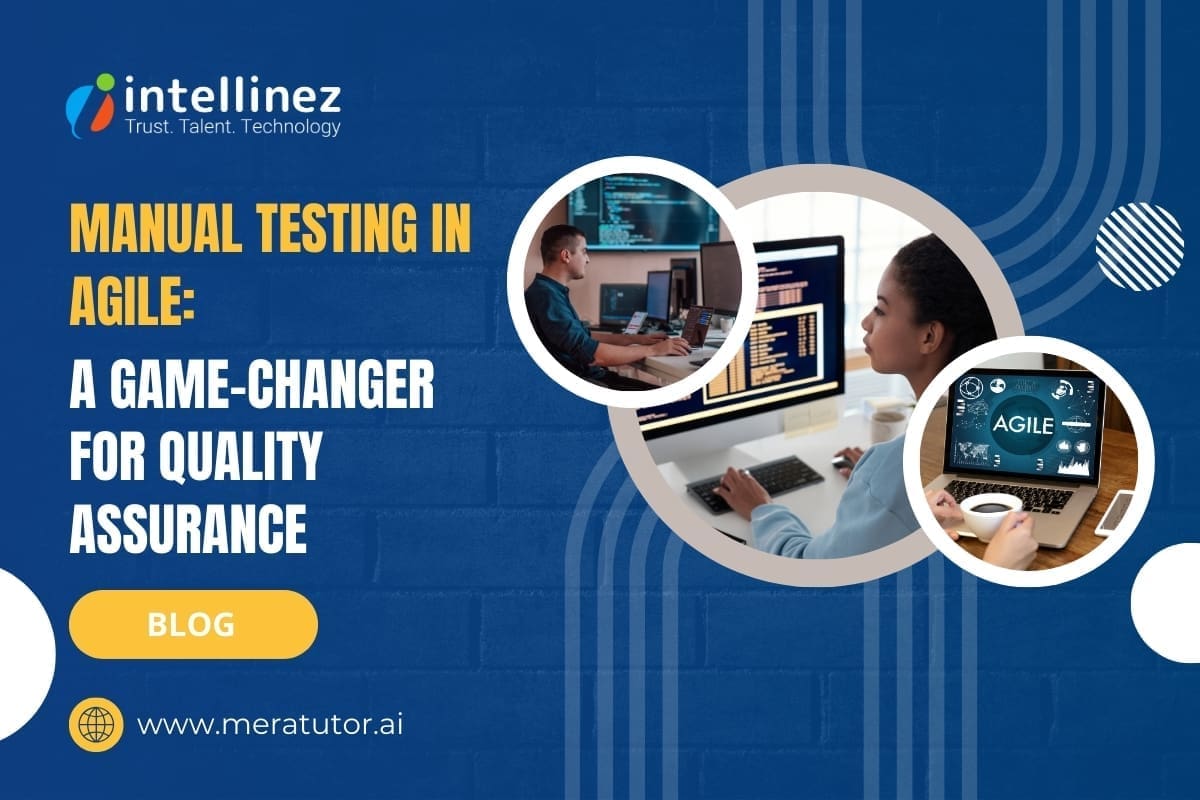




![A Comprehensive Guide to AWS SaaS Architecture [Diagram Included] 88 Aws SaaS Architecture](http://www.intellinez.com/wp-content/uploads/2024/08/Title-image.jpg)














